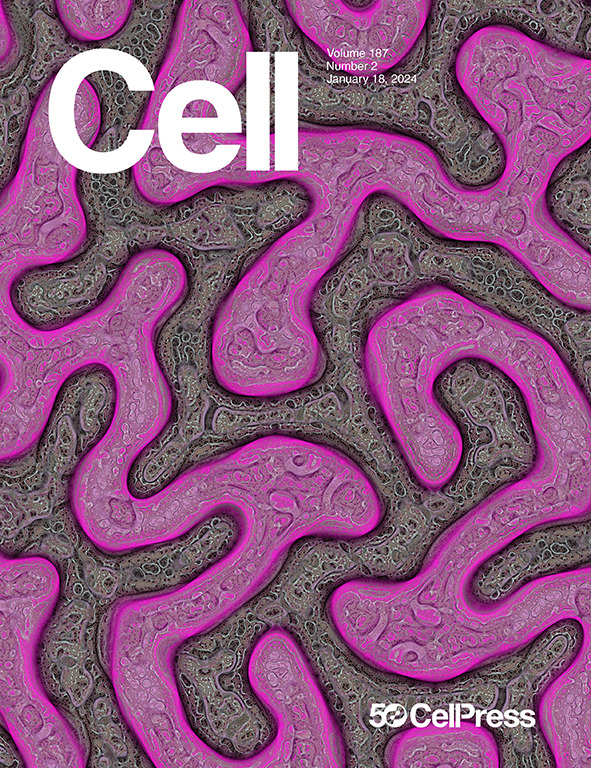In vivo prime editing rescues alternating hemiplegia of childhood in mice
IF 45.5
1区 生物学
Q1 BIOCHEMISTRY & MOLECULAR BIOLOGY
引用次数: 0
Abstract
Alternating hemiplegia of childhood (AHC) is a neurodevelopmental disorder with no disease-modifying treatment. Mutations in ATP1A3, encoding an Na+/K+ ATPase subunit, cause 70% of AHC cases. Here, we present prime editing (PE) and base editing (BE) strategies to correct ATP1A3 and Atp1a3 mutations in human cells and in two AHC mouse models. We used PE and BE to correct five prevalent ATP1A3 mutations with 43%–90% efficiency. AAV9-mediated in vivo PE corrects Atp1a3 D801N and E815K in the CNS of two AHC mouse models, yielding up to 48% DNA correction and 73% mRNA correction in bulk brain cortex. In vivo PE rescued clinically relevant phenotypes, including restoration of ATPase activity; amelioration of paroxysmal spells, motor defects, and cognition deficits; and dramatic extension of animal lifespan. This work suggests a potential one-time PE treatment for AHC and establishes the ability of PE to rescue a neurological disease in animals.

体内启动编辑可挽救小鼠儿童期交替性偏瘫
儿童交替性偏瘫(AHC)是一种没有改善疾病治疗的神经发育障碍。编码Na+/K+ atp酶亚基的ATP1A3突变导致70%的AHC病例。在这里,我们提出了引体编辑(PE)和碱基编辑(BE)策略来纠正人类细胞和两种AHC小鼠模型中的ATP1A3和ATP1A3突变。我们使用PE和BE校正了5个流行的ATP1A3突变,效率为43%-90%。aav9介导的体内PE对两种AHC小鼠模型中枢神经系统中的Atp1a3 D801N和E815K进行校正,在大块脑皮层中产生高达48%的DNA校正和73%的mRNA校正。体内PE挽救了临床相关表型,包括atp酶活性的恢复;改善阵发性发作、运动缺陷和认知缺陷;以及动物寿命的大幅延长。这项工作提示了一种潜在的一次性PE治疗AHC,并建立了PE在动物中拯救神经系统疾病的能力。
本文章由计算机程序翻译,如有差异,请以英文原文为准。
求助全文
约1分钟内获得全文
求助全文
来源期刊

Cell
生物-生化与分子生物学
CiteScore
110.00
自引率
0.80%
发文量
396
审稿时长
2 months
期刊介绍:
Cells is an international, peer-reviewed, open access journal that focuses on cell biology, molecular biology, and biophysics. It is affiliated with several societies, including the Spanish Society for Biochemistry and Molecular Biology (SEBBM), Nordic Autophagy Society (NAS), Spanish Society of Hematology and Hemotherapy (SEHH), and Society for Regenerative Medicine (Russian Federation) (RPO).
The journal publishes research findings of significant importance in various areas of experimental biology, such as cell biology, molecular biology, neuroscience, immunology, virology, microbiology, cancer, human genetics, systems biology, signaling, and disease mechanisms and therapeutics. The primary criterion for considering papers is whether the results contribute to significant conceptual advances or raise thought-provoking questions and hypotheses related to interesting and important biological inquiries.
In addition to primary research articles presented in four formats, Cells also features review and opinion articles in its "leading edge" section, discussing recent research advancements and topics of interest to its wide readership.
 求助内容:
求助内容: 应助结果提醒方式:
应助结果提醒方式:


